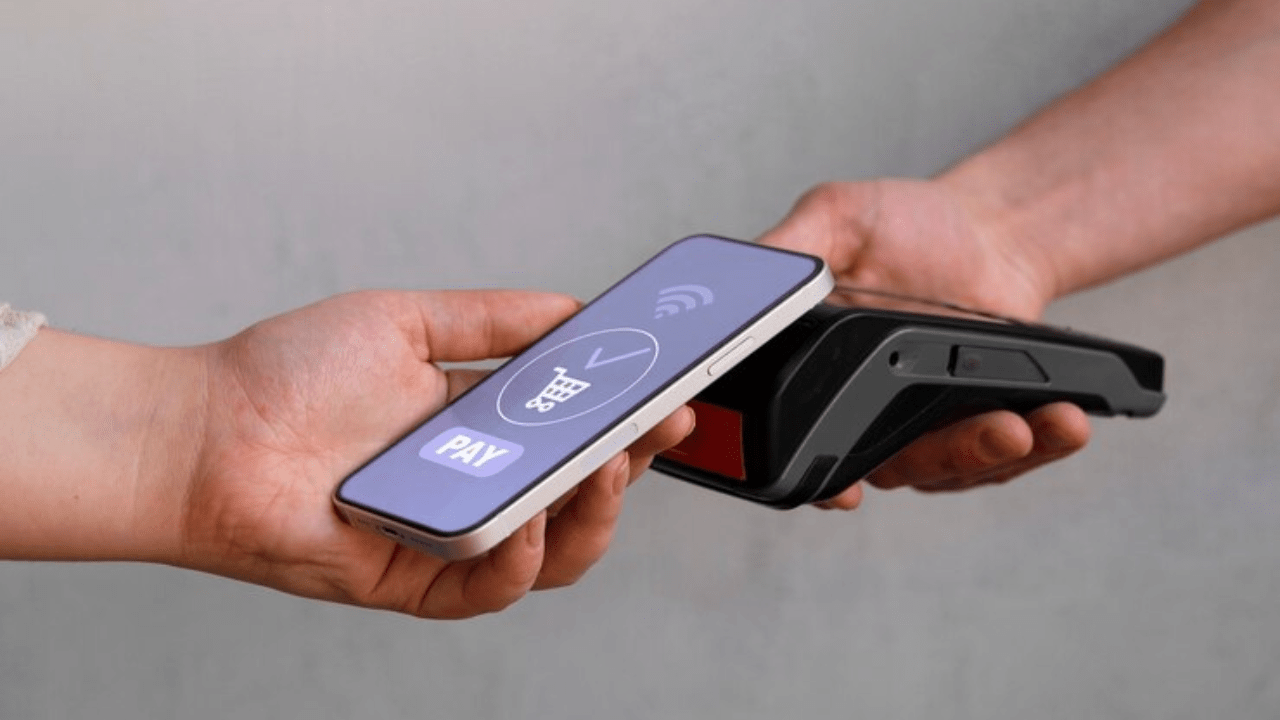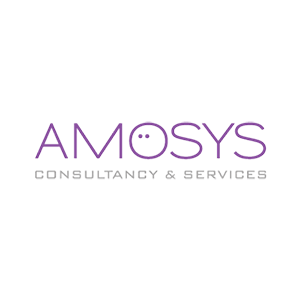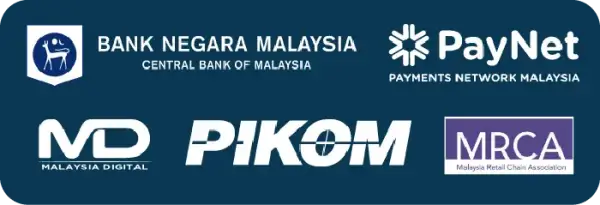
Ever wondered how those online shops manage to take your money securely when you swipe your card or scan your Touch ’n Go?
Well, they’re using something called a payment gateway. It might sound a bit technical, but the basic idea is quite straightforward. Think of it as the polite but very efficient middleman in the world of online transactions.
If you ever want to start a business, a payment terminal is absolutely necessary for your business. But why and what does this nifty little card reader do? Well, let’s find out.
What Is Payment Gateway
Okay let’s get the elephant of the room out of the way. In simple terms, a payment gateway Malaysia is a service that authorises card payments for online businesses and even traditional brick-and-mortar shops that use card machines connected to the internet.
When a customer decides to pay for something online, the merchant machine steps in to make certain the transaction is safe and goes through smoothly. It’s the technology that connects the merchant’s website or app to the banks and card networks.
The Journey of An Online
Now that there’s a solid understanding of what a payment gateway is, let’s trace its role in a typical card payment scenario a business might encounter every day in a retail store. We’ll go through each step, from when a customer decides to pay with their card right up to when the money eventually lands into the business’s account.
1. The Customer Initiates Payment at the Terminal
A customer presents their card at the business’s payment terminal. They will either insert their chip, tap for contactless payment, or swipe their magnetic stripe. The terminal captures the necessary card details.
2. Secure Transmission to the Payment Gateway
The information read by the card reader machine, which includes the card number, expiry date, and sometimes a card verification code, is then securely sent to the payment system. The method of this transfer depends on how the terminal is set up and integrated with the gateway (for example, through a direct connection or via the point-of-sale system).
3. Encryption and Initial Checks
The payment system immediately encrypts these card details. This encoding is a critical step to protect the sensitive information from unauthorised access as it travels through different systems. The gateway might also perform some initial fraud checks for extra security.
4. Forwarding to the Acquirer
The encrypted transaction data is then passed on by the payment terminal to the business’s bank’s payment processor, also known as the acquirer.
5. Network and Further Verification
The acquirer securely transmits this information to the relevant card network like Visa, Mastercard, or a local payment scheme. These networks may carry out their own additional checks for fraudulent activity. Following this, the payment data is sent to the customer’s bank (the issuer) for authorisation.
6. Issuer Authorisation
The customer’s bank then verifies the transaction. This involves confirming the transaction details, making certain the cardholder has sufficient funds available, and checking that the bank account associated with the card is valid.
Once these checks are complete, the issuer sends an approval or decline message back through the card networks to the acquirer.
7. Response Back to the Gateway and Terminal
The acquirer then relays this approval or decline message back to the payment gateway. Finally, the gateway communicates this response to the business’s payment terminal. This is what prompts the terminal to display “Approved” or “Transaction Declined,” and allows it to print a receipt for the customer.
8. Getting the Funds
Once the payment is approved, the settlement process begins. In this stage, the acquirer collects the payment amount from the customer’s bank and temporarily holds these funds in the business’s merchant account.
The exact timeframe for when these funds will be fully transferred into the business’s operational bank account entirely depends on the agreement the business has with its payment service provider but it’s usually around 1-3 days.
Now you’re probably reading all of this and think it sounds complicated but in reality, all of this process takes only a few seconds, which is why customers and businesses love it.
Why are Payment Gateways Important?
You might wonder why businesses can’t just handle these transactions themselves. After all, it seems easier for businesses to receive directly from customers without relying on any third-party system or app. Well, payment gateways offer several really important benefits:
- Security: They handle the secure transmission of sensitive payment data, reducing the risk of fraud for both the customer and the merchant. They often comply with strict security standards like PCI DSS, which is a big deal in the payments world.
- Convenience: They make it easy for businesses to accept a variety of payment methods, including credit/debit cards, e-wallets and even BNPL services.
- Efficiency: They automate the payment processing, saving businesses time and effort.
- Integration: They can usually be integrated with various e-commerce platforms and accounting systems, making things smoother for the business owner.
Key Features To Look For When Considering Payment Gateways in Malaysia:
If you are convinced of getting a payment gateway yourself, you have to keep a few things in mind. Different payment providers will provide different features, fee structure and even integration methods. Knowing what to lookout for really goes a long way in smooth business operations.
Security Features: Strong encryption and effective fraud detection should be prioritised above all else. Encryption protects payment details, while fraud tools identify suspicious activity, safeguarding both the business and customers.
Local Providers: For Malaysian businesses, local payment gateways can be very advantageous. They understand local payment preferences and may support in local languages such as Bahasa Malaysia, aligning better with the Malaysian financial environment.
Supported Payment Methods: Ensure the gateway accepts the payment options common among Malaysian customers, including major cards, online banking (FPX), and popular e-wallets like Touch ‘n Go and GrabPay.
Integration: Easy connection to your online store or e-commerce platform is practical. Many platforms offer straightforward plugins or APIs for seamless integration with various payment gateways, simplifying the setup process.
Transaction Fees: Understand all costs, including per-transaction fees, setup fees, and any monthly charges. Comparing pricing structures helps find a cost-effective solution aligned with your business’s transaction volume.
Customer Support: Reliable and accessible customer support is important for resolving any technical or payment issues promptly. Consider the available support channels and their responsiveness during your business hours.
Reporting and Analytics: Features that allow tracking sales transactions and gaining insights into payment data are valuable to how businesses decide their next move. These tools aid in monitoring sales, identifying trends, and managing finances effectively.
Conclusion On Payment Gateway Malaysia
For businesses aiming for growth and seamless customer interactions, the right payment solution is more than just a transaction tool or swiping a card terminal.
Paydibs offers a payment solution specifically designed to help businesses. We provide state of the art technologies such as our payment terminal machine, to facilitate smooth transactions across all your sales channels, whether online or in-store.
Our solutions are built to handle the diverse ways many Malaysians prefer to pay, from BNPL, e-wallets and debit/credit cards.
By choosing Paydibs, you’re selecting a payment partner focused on empowering your business.
Frequently Asked Questions About Payment Gateway
What Types of Businesses Need a Payment Gateway?
Can a Payment Gateway Handle Recurring Payments or Subscriptions?
What Different Integration Methods Do Payment Gateways Offer?
How Quickly Are Funds Deposited Into My Account After a Transaction?
Settlement times vary depending on the payment gateway and the acquiring bank, typically ranging from 1 to 3 business days.
Can a Payment Gateway Process Payments in Multiple Currencies?
Yes. Many payment gateways support multi-currency processing, allowing businesses to cater to international customers.
Are There Limits on the Transaction Amounts Processed by a Gateway?
Recent Posts
- SST 2025 Amendments in Malaysia: How They Affect Payment Gateways and Merchant Fees
- Mandatory E-Invoicing in Malaysia from July 1, 2025: What SMEs Must Know
- The Complete Guide To Types Of Credit Card Machine for Businesses
- Grab Pay Later: Seamless Shopping with Flexible Installments in Malaysia
- SPayLater: Flexible Shopping Made Easy with Buy Now Pay Later
Categories
Our Partners :





Paydibs is a leading payment solutions provider committed to simplifying transactions for businesses of all sizes.

